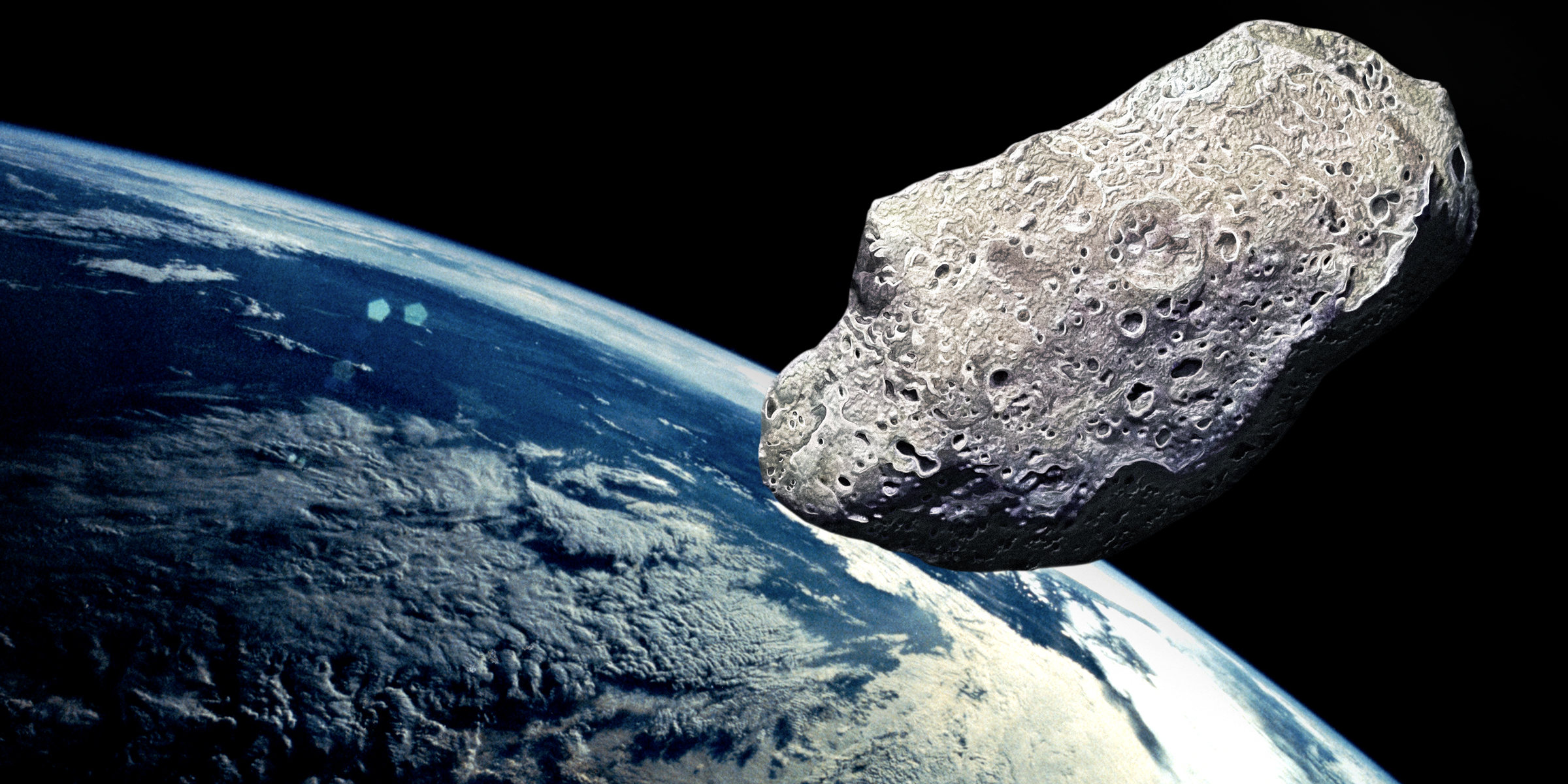
Giant Asteroid the Length of Ten Buses Is Racing Towards Earth at 26,000 Mph
- A massive asteroid speeds towards Earth at 26,000 miles per hour.
- NASA also detected a colossal asteroid that may hit Earth with a potential impact on Valentine's Day 2046.
- NASA shared details of their first planetary defense mission.
An asteroid the size of ten buses stacked length by length is hurtling toward Earth at nine times the speed of sound. NASA has recently revealed the details of the asteroid and whether or not the public should be concerned.
NASA has confirmed that they suspect the rock to measure roughly 524 feet in diameter, larger than the Big Ben and the London Eye. The rock is currently further from Earth than the moon.
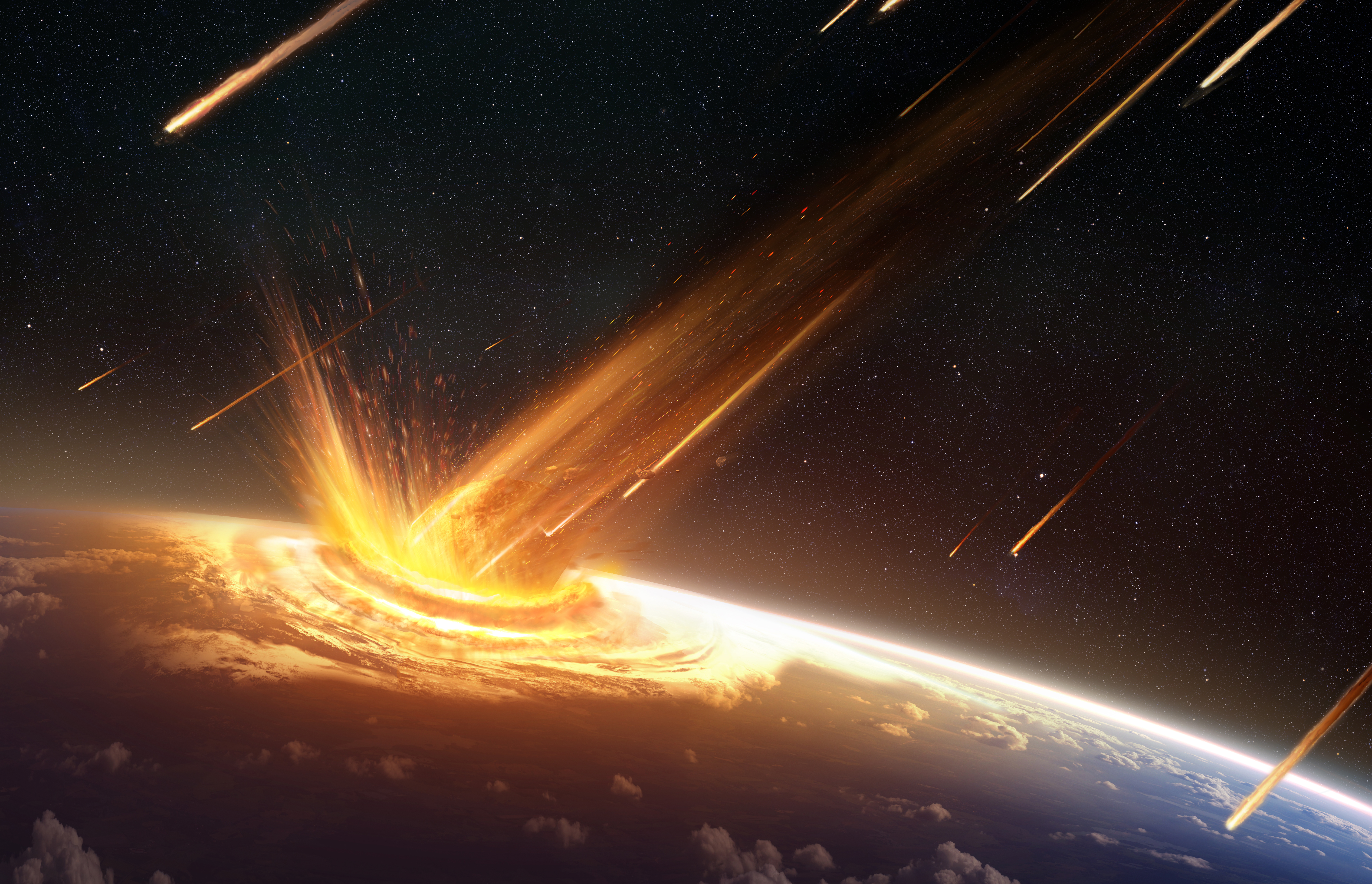
An illustration of an asteroid striking Earth created in July 2015. | Source: Getty Images
Although the object is further out than the moon, NASA still classifies it as a near-Earth object (NEO) and is being carefully tracked by the space station. NASA has confirmed that although it is an NEO, the asteroid will likely not get closer than 2.1 million miles away.
NASA has also shared what the asteroid, named 2013 WV44, is likely made up of:
"Composed mostly of water ice with embedded dust particles, comets originally formed in the cold outer planetary system while most of the rocky asteroids formed in the warmer inner solar system between the orbits of Mars and Jupiter."
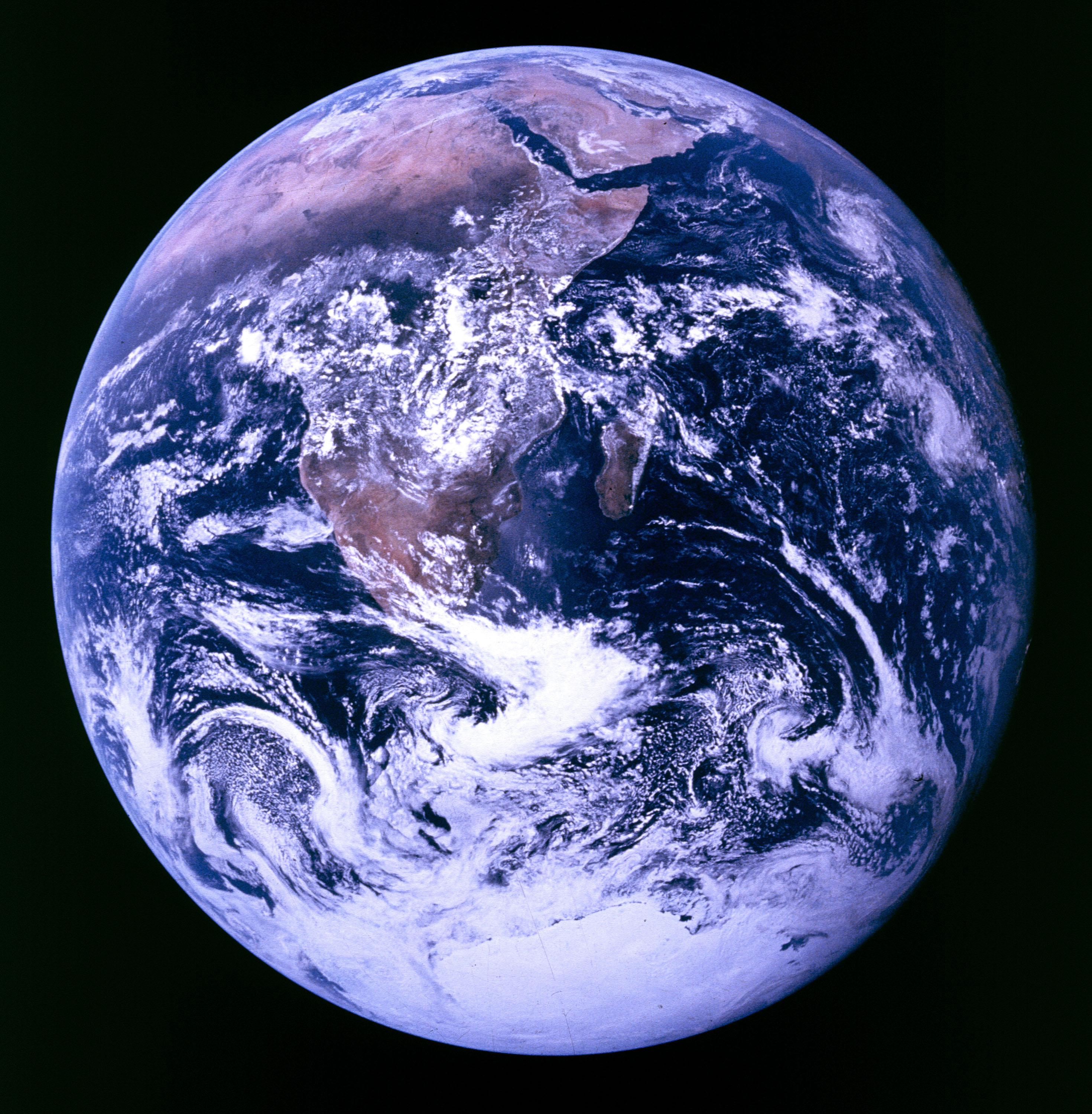
Earth as seen from Apollo 17 in 1972. | Source: Getty Images
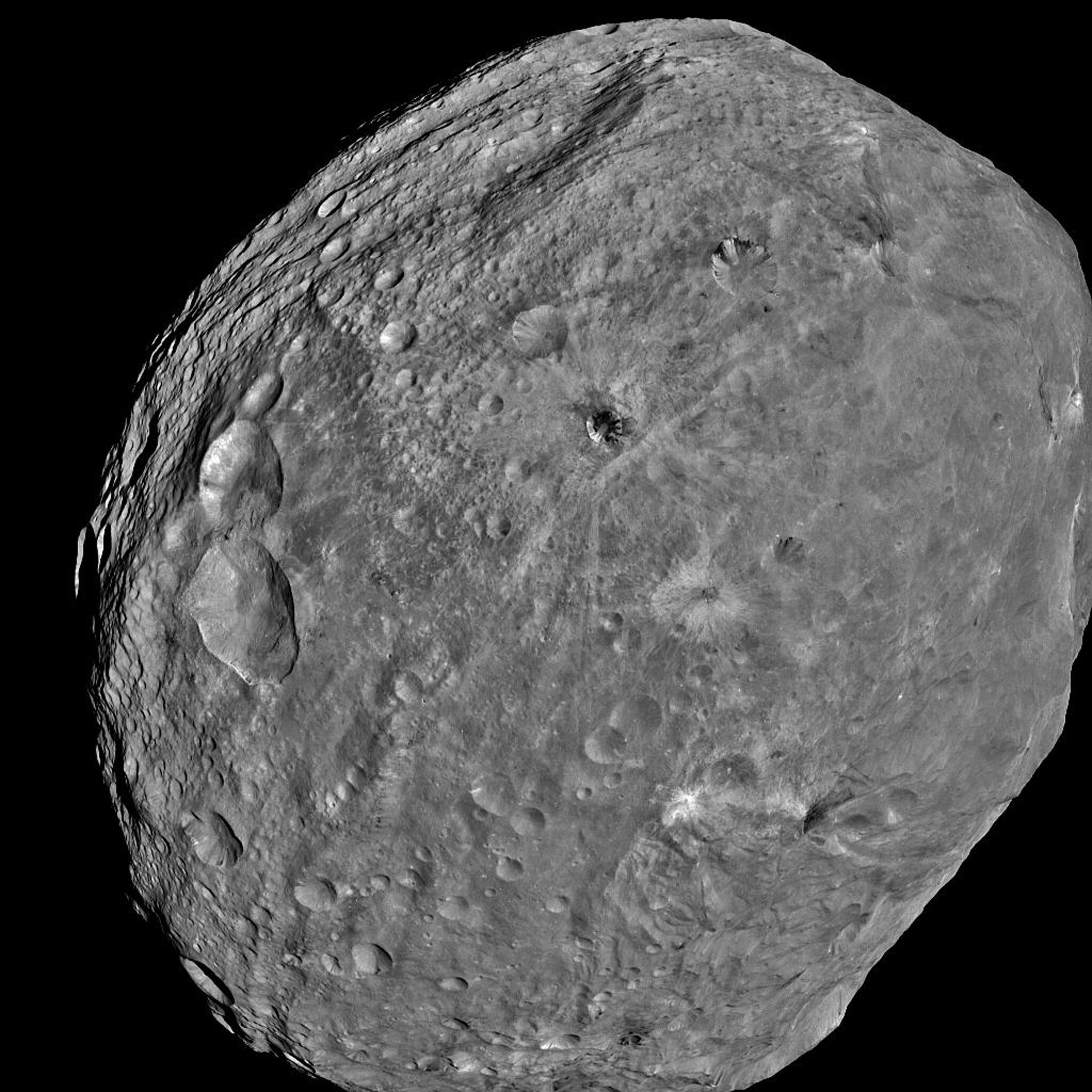
Vesta Asteroid as seen from the Dawn Spacecraft in July 2011. | Source: Getty Images
Whether or not the public should be concerned about the asteroid, the space station said it does not meet the specifications of a potentially hazardous NEO, even though it will be in Earth's orbit.
What Asteroid May Hit Earth in 2046?
While NASA has reassured the public that there is no cause for concern when it comes to the 2013 WV44 asteroid making contact with Earth, there is another asteroid that is causing some worry for Earth's future.
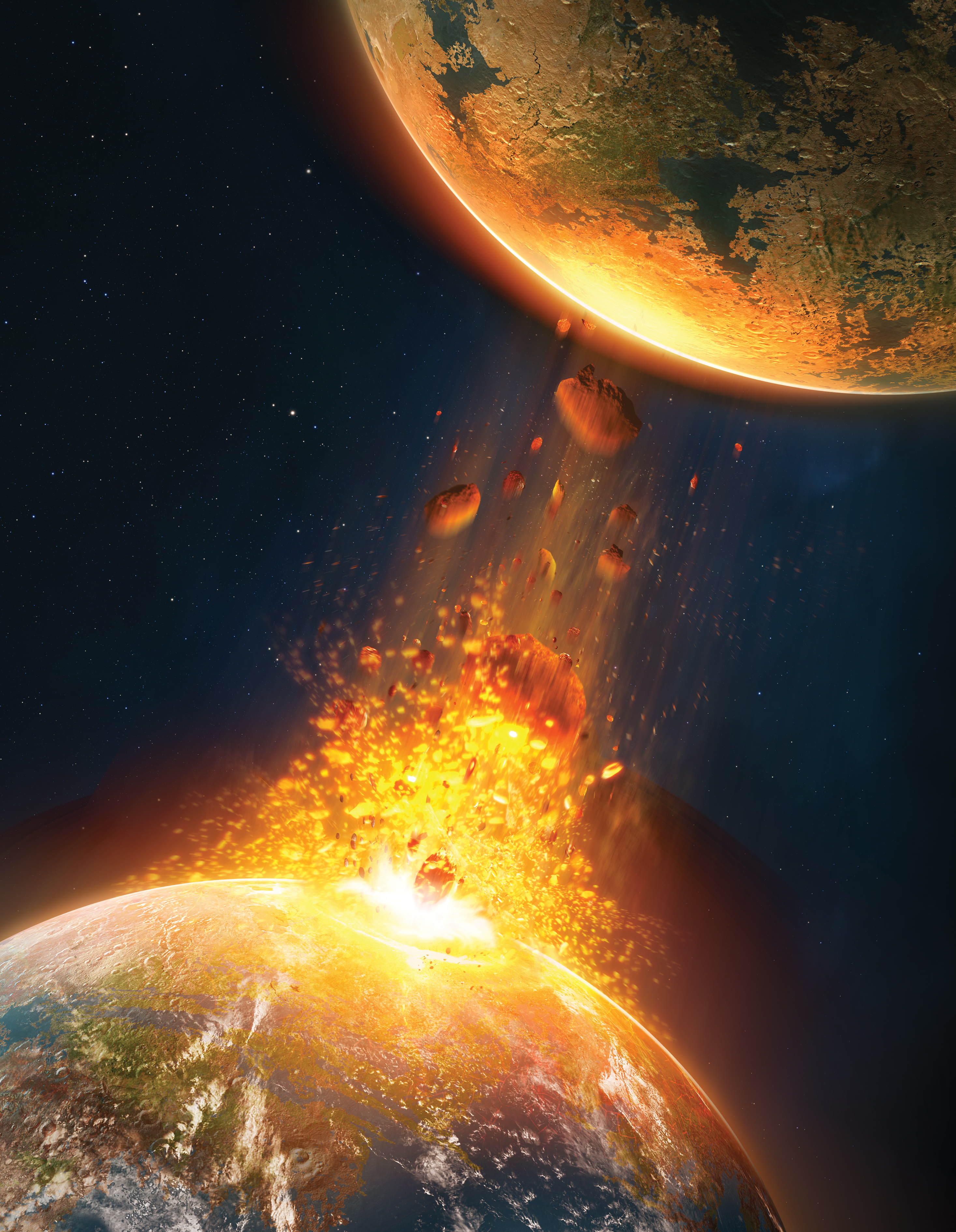
An illustration of an asteroid colliding with Earth created in 2018. | Source: Getty Images
In March this year, some news outlets reported that NASA had discovered a new asteroid that is potentially hazardous for Earth in the coming years. NASA's Planetary Defense Coordination Office shared the news about the asteroid.
The Planetary Defense Coordination Office shared that they had discovered an asteroid the size of an Olympic swimming pool, which has a slight chance of colliding with Earth in the next 23 years.
While there is a chance the asteroid will strike Earth, it is only a 1 in 625 chance. The space rock is named 2023 DW, and while initial studies determined it might hit Earth on February 14, 2046, experts have said that these findings might change as more research on the object is done.
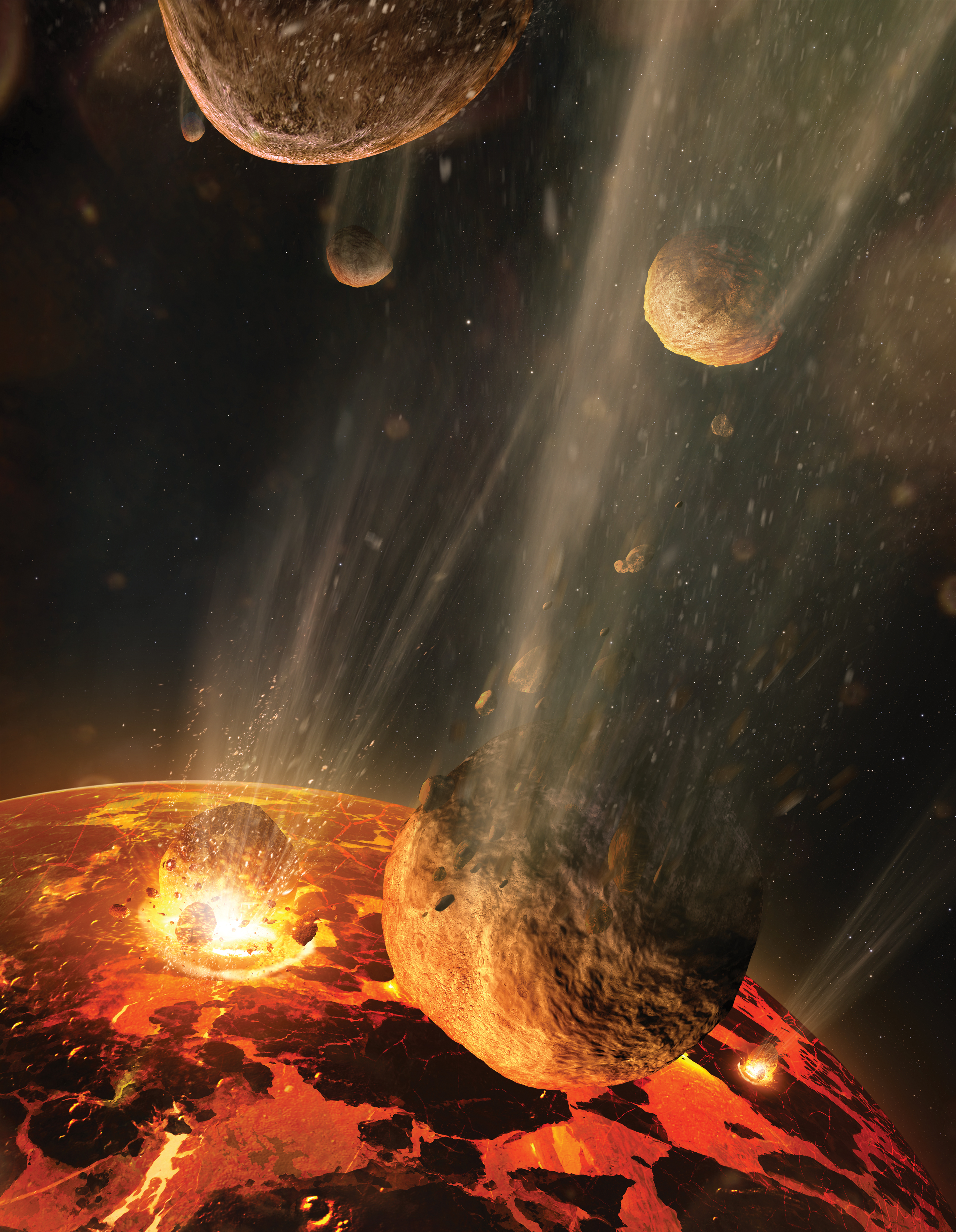
An illustration of mini moons colliding with young Earth created in June 2018 | Source: Getty Images
NASA asteroid watch took to Twitter soon after the asteroid became public knowledge and shared:
"Often when new objects are discovered, it takes several weeks of data to reduce the uncertainties and adequately predict their orbits years into the future."
NASA's Center for Near-Earth Object Studies confirmed that it is common for an object to become less and less threatening as more studies are done on the distance and orbit of the object.
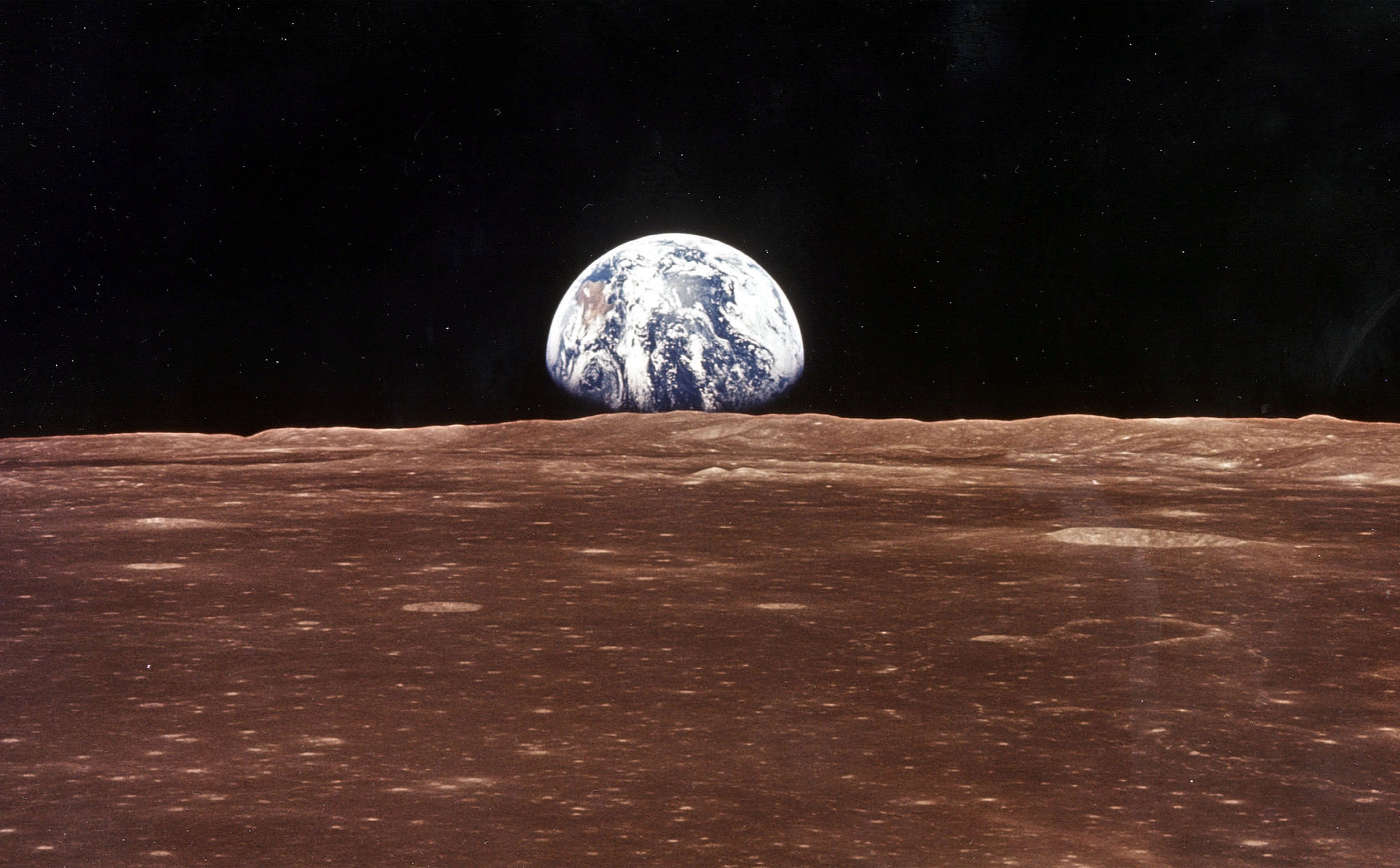
Earth as seen over the lunar horizon from the Apollo 11 in 1999. | Source: Getty Images
2023 DW has ten predicted close encounters with Earth, with the first being in 2046 and the others occurring between 2047 and 2054. The asteroid traveled at 15.5 miles per second and was first spotted in our skies in February this year.
Can NASA Save Earth in Case of Potential Collision?
While neither of the asteroids mentioned above is a cause for mass hysteria, many have wondered if NASA will be able to save humankind in case of an asteroid colliding with Earth in the future.
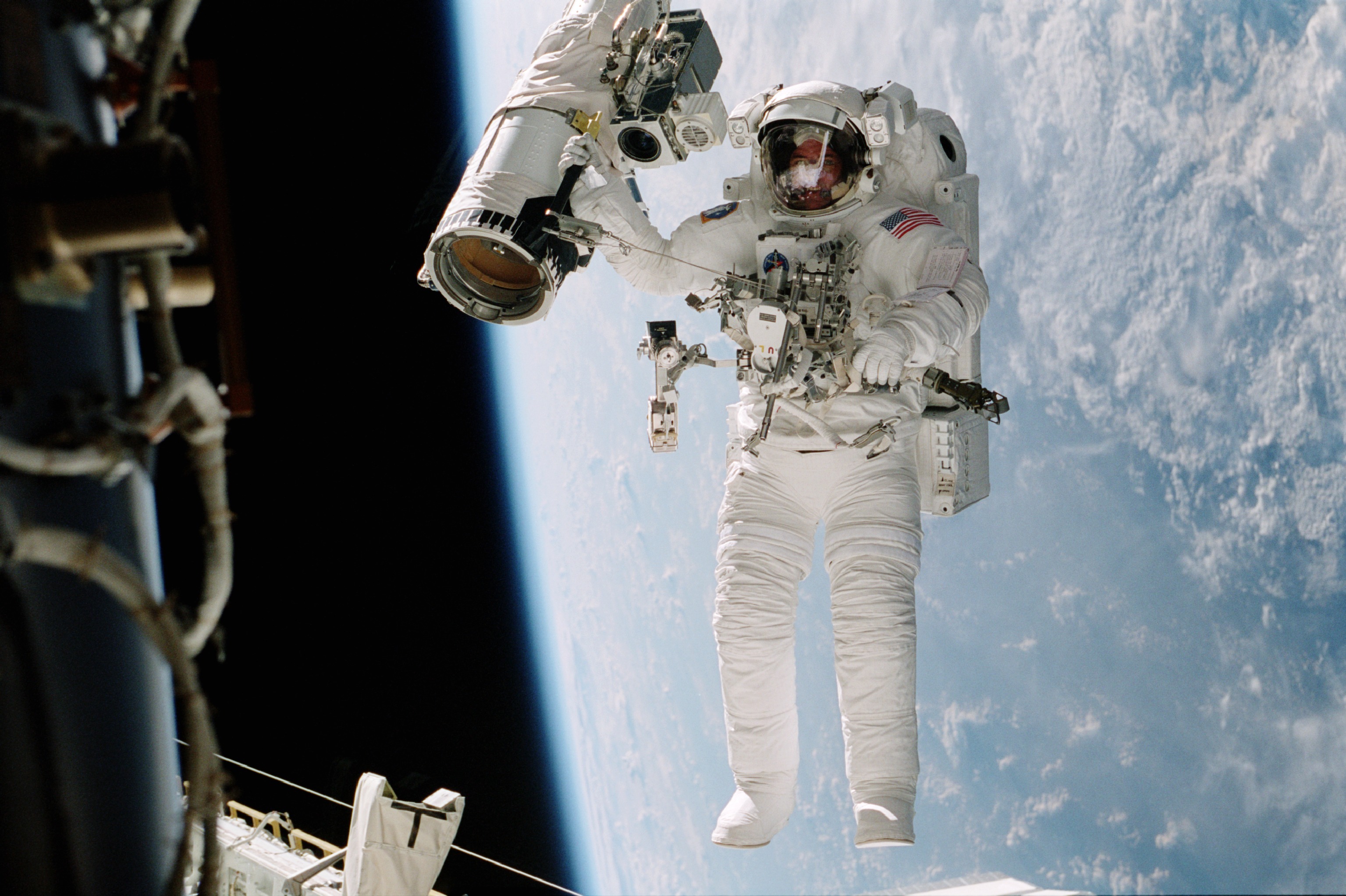
William McArthur suspended over the Earth in 2000. | Source: Getty Images
NASA has been on many missions to answer the question, and last year, they made a giant leap closer to a conclusion. In September last year, NASA went on a mission named the DART mission.
The DART mission comprised a spacecraft plowing into a small asteroid 6.8 million miles outside Earth's orbit. The mission was a "smashing success," according to the space station, which confirmed the rock's orbit was altered by the impact.
This was the first time that humanity was able to shift the orbit of a celestial object. The goal was to shave at least ten minutes off the time it took for Dimorphos to circle its parent asteroid, Didymos. The mission managed to shorten the orbit by 32 minutes.
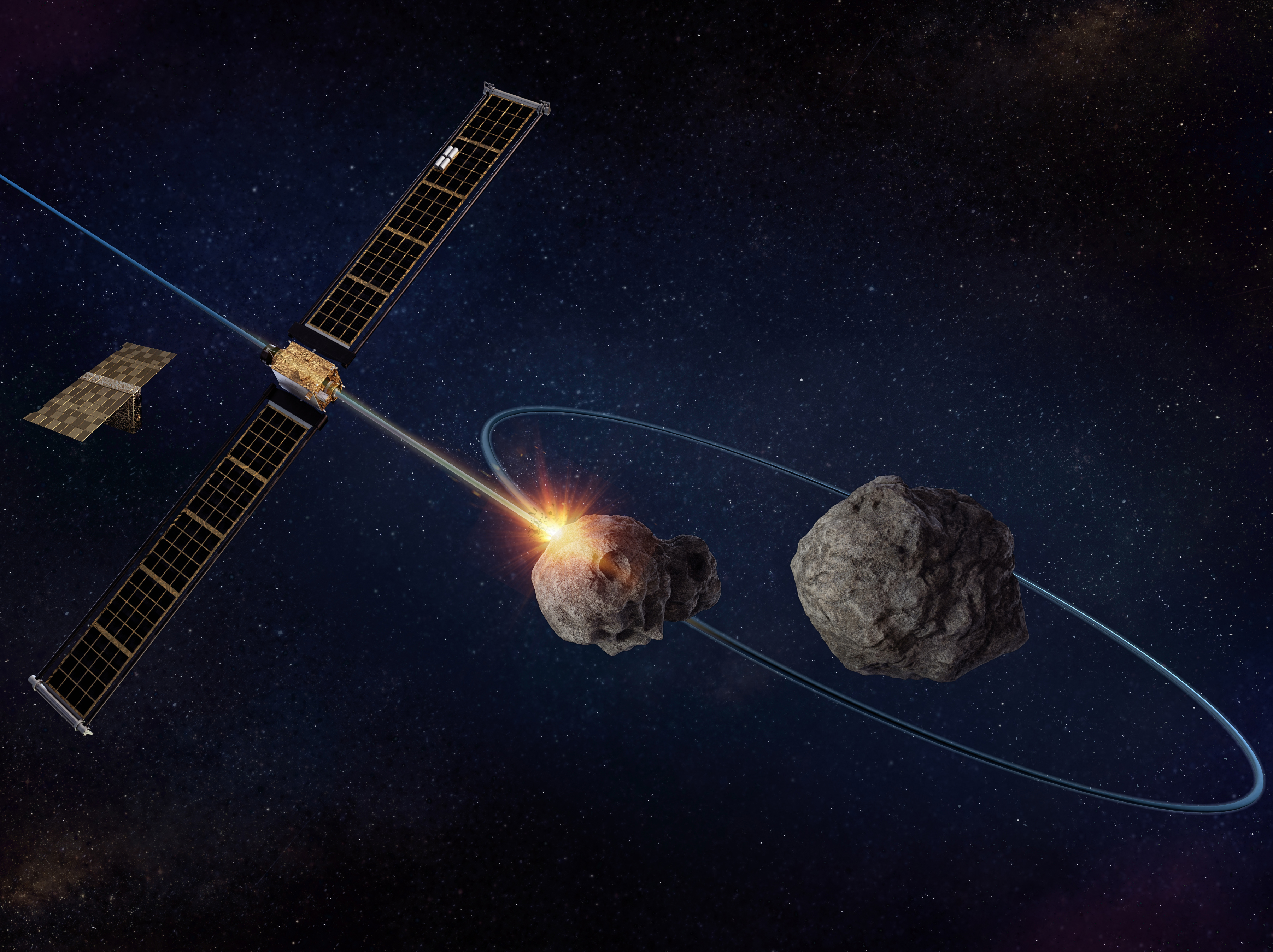
An illustration of the DART mission in 2022. | Source: Getty Images
Lori Glaze, NASA's Planetary Science Divison Director at NASA Headquarters, talked about the mission, saying:
"As new data comes in each day, astronomers will be able to assess better whether and how a mission like DART could be used in the future to help protect Earth from a collision with an asteroid if we ever discover one headed our way."
The asteroid that was chosen for the purpose of this study did not pose a threat to Earth, which is one of the main reasons it was chosen. NASA was also able to share images and video from the event because of a camera setup they sent with on DART.
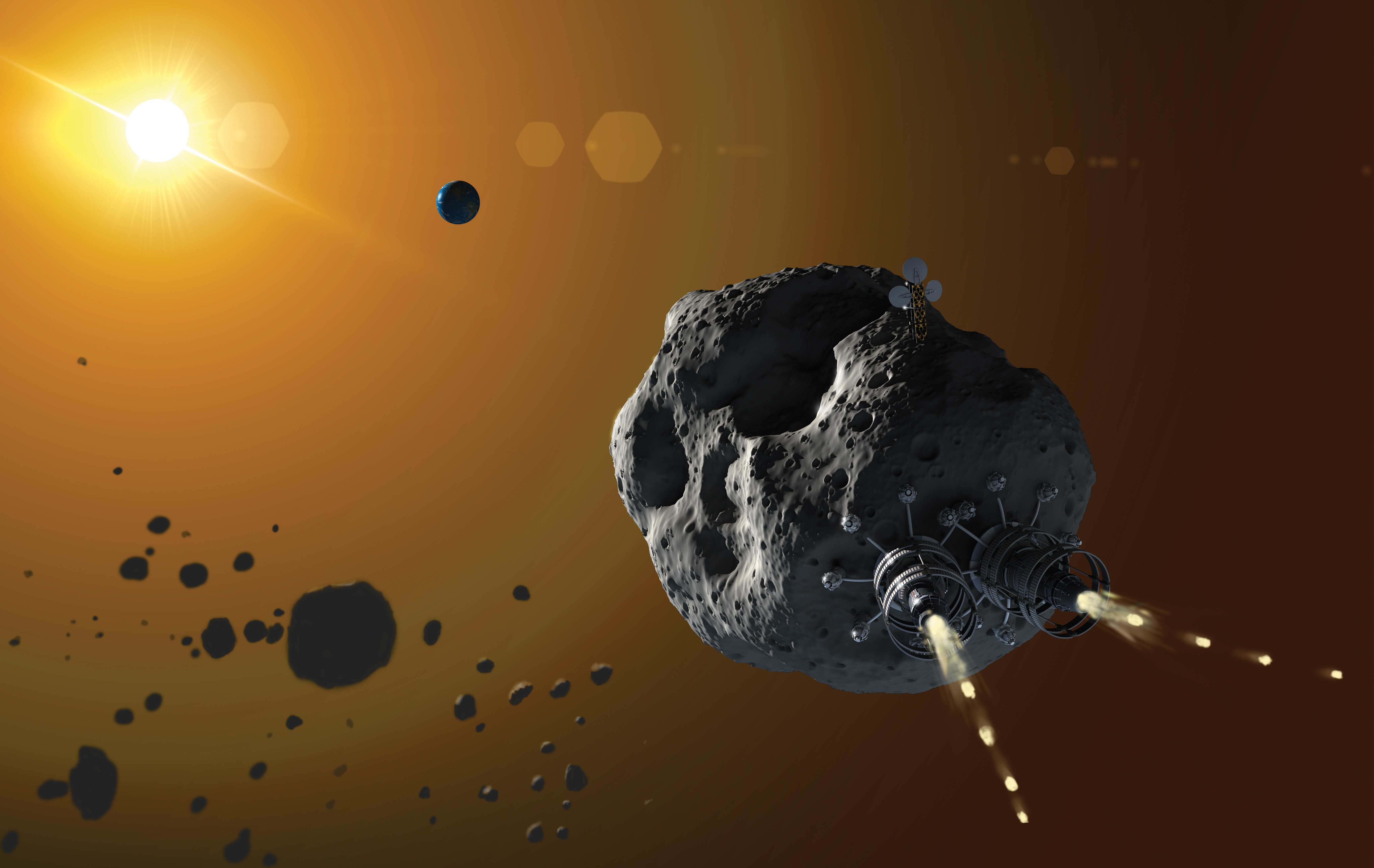
An illustration of an asteroid being driven through space by a propulsion system as part of the proposed Project RAMA, created on May 30, 2016. | Source: Getty Images
The spacecraft held with it a toaster-sized device that separated from the main craft prior to impact with the asteroid, which took images and video of the event, allowing even more research to be done and civilians to see what had happened.
More images were taken from Hubble telescopes that allowed NASA's scientists to delve further into investigations on whether or not they could save humanity from a potential threat.
Although the DART spacecraft was utterly destroyed, scientists have confirmed that their mission was a success, and there might still be debris from the spacecraft left on the asteroid.
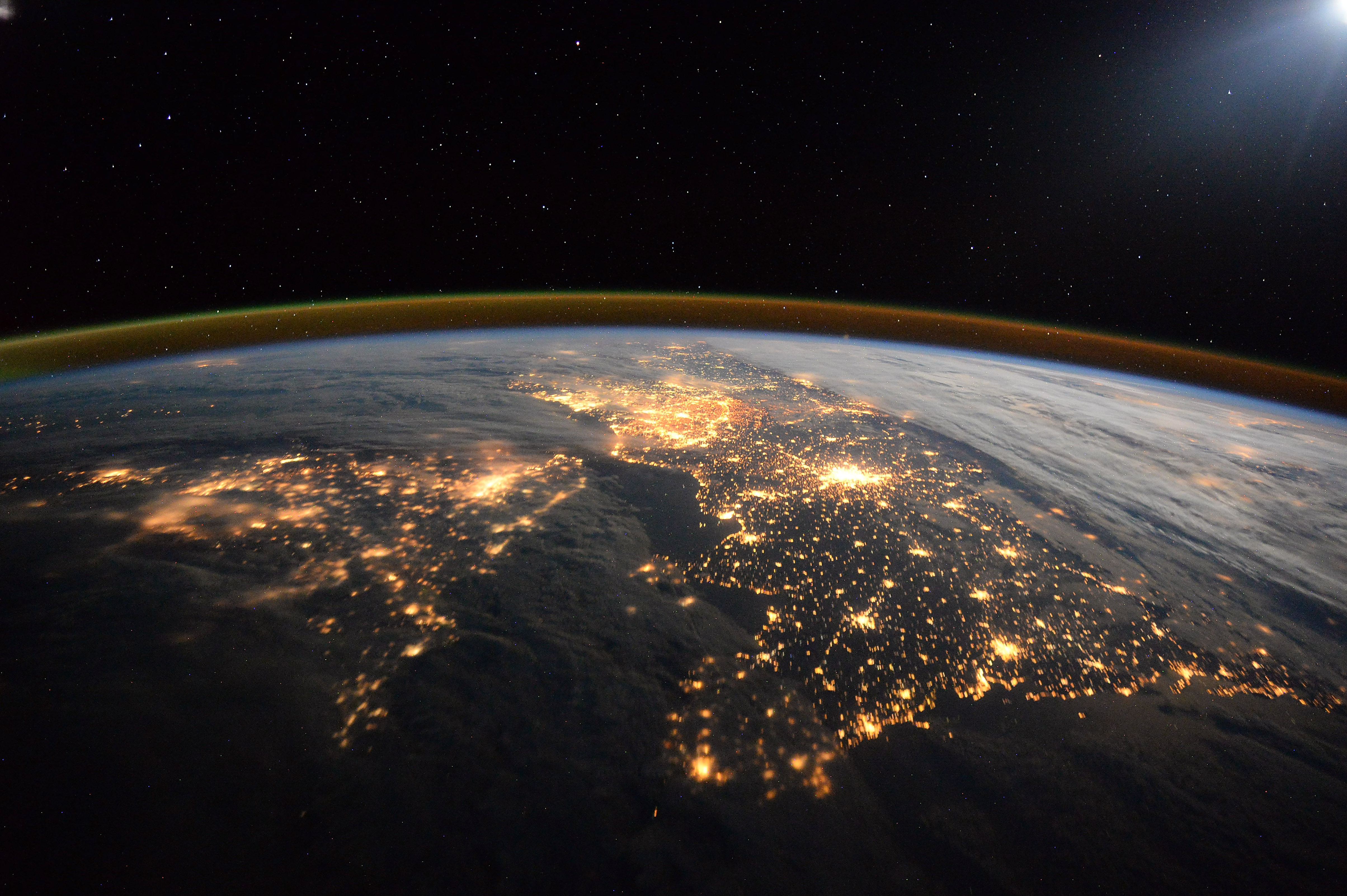
Expedition 46 on the International Space Station on January 28, 2016. | Source: Getty Images
Experts have said that all of the imagery and the mission itself have confirmed that humanity is much closer to being able to survive if a potential threat comes into Earth's orbit as a small asteroid has been moved.
As more research is done and more missions are completed, scientists will be able to scale the missions to encompass more significant threats that are closer to Earth's orbit and, therefore, potentially hazardous to humanity.
